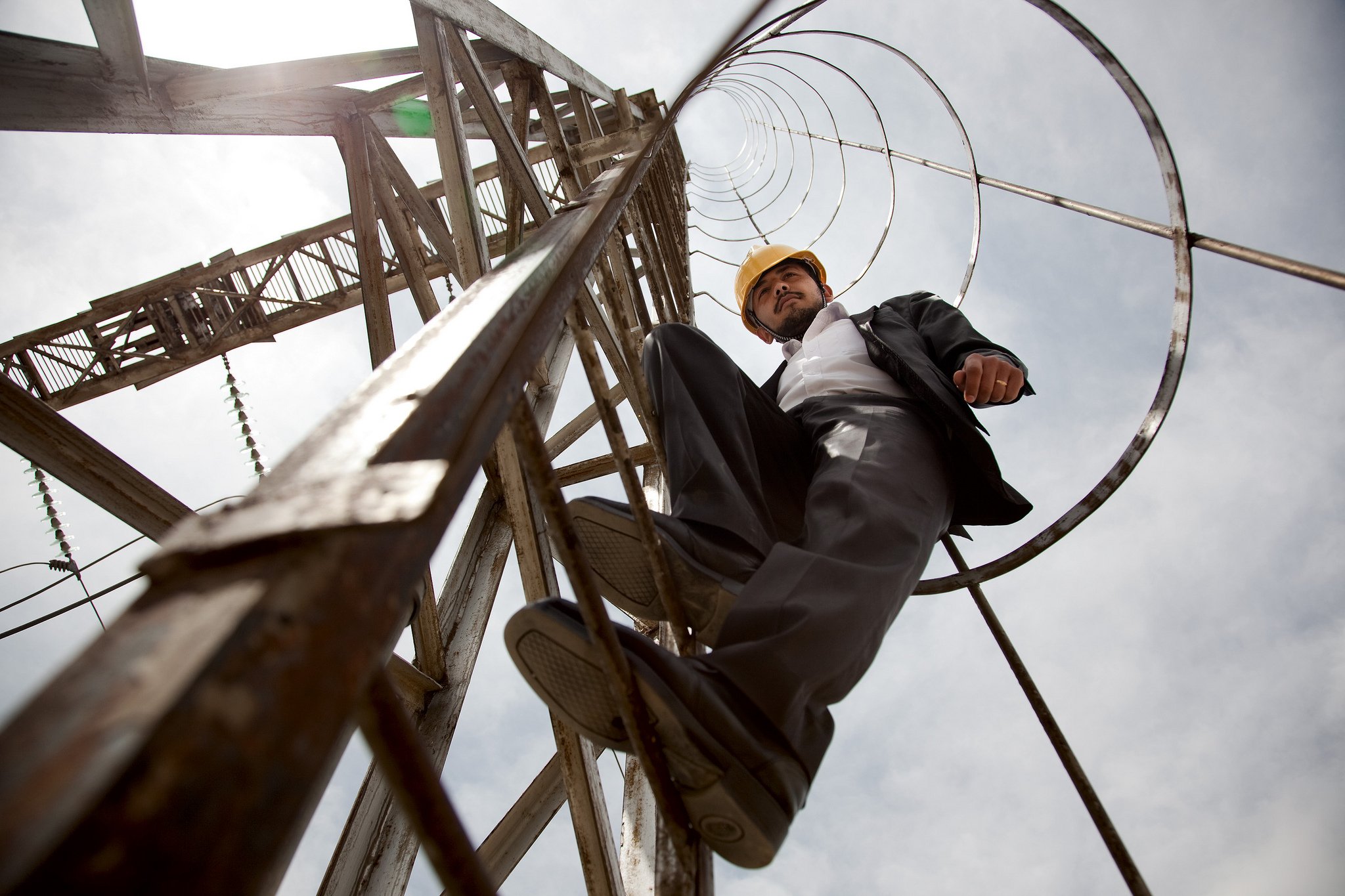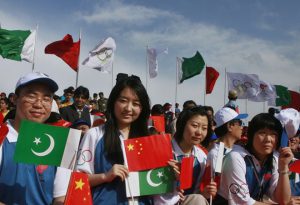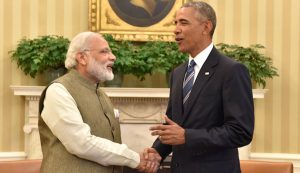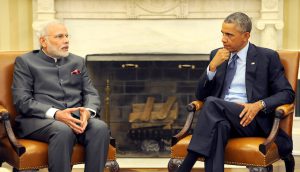A somewhat unlikely combination of China’s State Grid, Korean Electric Power (KEPCO), the Russia grid operator PJSC ROSSETI and Softbank, the Japanese company led by Masayoshi Son, recently signed a memorandum of understanding to explore building a mega grid to cover much of northeast Asia. This scheme is the latest in a series of similar proposals dating back at least to the 1970s. The concept of a vast interlinked grid, extending thousands of kilometres across national borders, is prompted by an age-old problem that first arose in the early days of electricity. But this latest manifestation faces much the same difficulty as its precursors.
The problem is that electricity is a process, and cannot be stored. To keep a system stable the amount of electricity being generated has to match the amount being used, moment by moment. But electricity use varies continually, as people switch things on and off. Traditional electricity coped by ramping generators up and down, meaning that some expensive generators stood idle much of the time. However, the sun rises and sets at different times in different places. A network sufficiently large, especially from east to west, could smooth out operations by moving electricity, for instance, from day lit areas to areas needing electric light, making much better use of available generators.
In the 1970s, an initiative known as ‘Global Energy Network Institute’ (GENI), took this idea to its logical extreme, advocating an electricity network spanning the entire planet. Over subsequent decades it won some influential adherents, including a former UN Secretary General. However, nothing practical came of it, and its website appears not to have been updated since 2013.
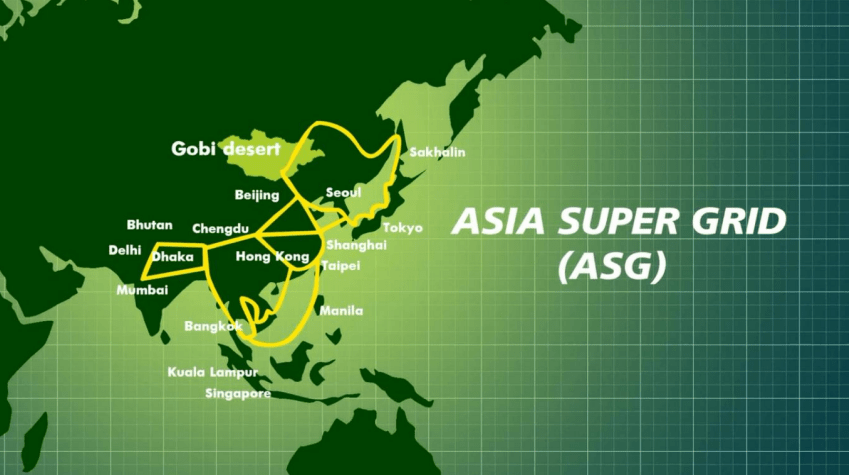
The rise of renewable electricity, not based on fire and thus avoiding the local and global damage caused by burning fuel, reawakened interest in the potential of large international networks. The output of wind and solar power varies a lot, not necessarily in step with electricity use. But the wind is usually blowing and the sun shining somewhere. Large-scale interconnection of networks could make renewable fire-free electricity from remote locations available even where the wind is not blowing and the sun not shining.
One substantial project, originating in 2003, became known as Desertec. It proposed to install solar generators in North Africa, connected by subsea cables across the Mediterranean into the European grid, to deliver renewable electricity from intense African sunlight up to higher latitudes with less sun. The technology exists, both for solar generation, photovoltaic and solar-thermal and for the requisite high-voltage direct current (HVDC) cables. Indeed HVDC cables now form numerous links across the Baltic and the North Sea, as well as in many other places around the world. Technical uncertainties remain, particularly relating to water requirements and the harsh desert environment, but the basic technical concept is reasonably convincing.
Political quagmire
The Desertec undertaking attracted an impressive roster of industrial and financial interests, among them China’s State Grid. Like GENI before it, however, Desertec faced difficulties that had nothing to do with technical feasibility. A large electricity network that crosses national borders requires a high degree of political cooperation, and confidence in the continued political stability and reliability of the various participants, to protect what will be enormous investments, in billions of dollars. These investments in turn give rise to questions of ownership, of rights and obligations. Who owns what? Who uses the electricity? Where does the revenue come from, and how is it allocated? How shall prospective investors evaluate the risks of the undertaking – not only technical but much more financial and political?
These difficulties at length caught up with Desertec. The initial grand concept had to be successively scaled down, until by the end of 2014 almost all the industrial and financial participants had effectively dropped out. The remaining participants — one of them State Grid — aimed only “to facilitate the rapid deployment of utility-scale renewable energy projects in desert areas, and to integrate them in the interconnected power systems”. Little appears to have happened since.
The mega grid proposal of March 30 this year has to be seen from a similar perspective. The technology of HVDC is already well-established in China. China, moreover, already has so much wind power that wind-farm operations routinely have to be curtailed, because inadequate networks cannot deliver the power to users – a source of major concern to wind-farm operators. For them, network reinforcement is a priority.
Problems with a super grid
But a mega grid linking China, Russia, South Korea, Japan and possibly other countries will face many of the same political and financial issues that derailed Desertec. A yet more fundamental question also arises. Such a mega grid, if it came to be, would fit well into the traditional centralised model of electricity system. Although it has been billed as a way to deliver renewable electricity, it would also be well-suited to deliver conventional coal-fired and nuclear electricity from remote sites, which would defeat the stated purpose of Masayoshi Son and his Renewable Energy Institute.
In any case, many commentators expect electricity systems to continue to evolve away from traditional centralised generation toward much more decentralised configurations, including on-site generation and micro grids, incorporating local generation supplying local uses. This is already happening, not only in developed countries like Germany, but also elsewhere, in universities, industrial estates, airports, hospitals and other suitable sites. Micro grids generating local electricity are less likely to waste it with inefficient applications. Moreover, experience such as the Tohoku Tsunami in Japan and Hurricane Sandy in the north-eastern US indicates that micro grids are more resilient and reliable than traditional electricity systems.
Micro grids are also especially appropriate for the many rural areas still without basic electricity services. Local generation, possibly with local storage and supplying high-performance lamps, motors and electronics, is not only more efficient but likely to be both faster and cheaper than traditional grids, much less mega grids. For China this is profoundly important, as a way to persuade the rural population not to rush to the already overcrowded cities.
Mega grids are unlikely to be compatible with micro grids. Impressive though it may sound, the latest mega grid proposal raises more questions than it answers.
